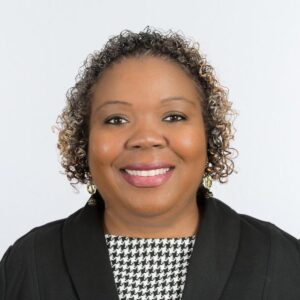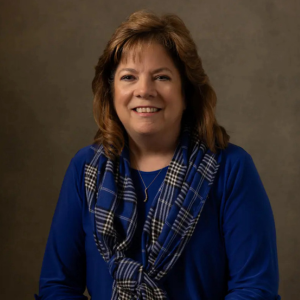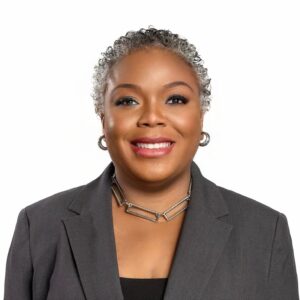How Senior Care Facilities Can Build Community Connections
Strong relationships form the foundation of a successful senior care facility. The bonds between residents, staff, and leadership create a nurturing environment essential for daily operations. Equally important are the facility’s ties to the broader community, which enhance both operational excellence and residents’ well-being.
Regular engagement with local organizations and volunteers creates meaningful opportunities for seniors and staff members to stay active and connected. These community partnerships also help combat isolation while enriching the lives of everyone involved.
Why Connections with the Greater Community Matter
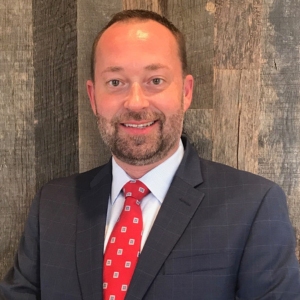
Jay Mikosch, campus executive director at Wellington Bay
Developing strong community ties is essential to any senior care facility’s success, says Jay Mikosch, campus executive director at Wellington Bay. They foster a sense of acceptance and belonging for the facility, increase resident quality of life, and may also attract local potential residents.
According to Joe Williams, owner of 10 Wilmington Place, relationships with the greater community are a key part of 10 Wilmington Place’s success. “Navigating senior living options can be an overwhelming task for many seniors and their families,” he explains. “We enjoy educating them about their options not only at 10 Wilmington Place, but in the community as well. We’ve worked hard to grow and maintain connections with key partners across our community, including local media, hospitals and nursing homes, senior centers, and the senior community through events and relationships.”
Maintaining strong relationships with the greater community can help residents feel a greater sense of meaning, too. Meagan Buckley, LNHA, president and CEO of Wake Robin, explains that many Wake Robin residents have previously supported their communities before moving to Wake Robin. “They have always wanted to be engaged in and now is a time in their life where they can give more time and wisdom to the greater community- ultimately providing profound meaning,” she says.
Involvement in Community Events
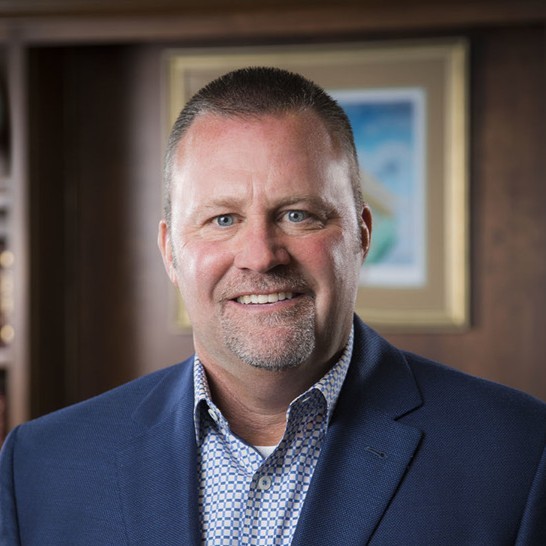
Joe Williams, owner of 10 Wilmington Place
Mikosch, Williams, and Buckley all find success in engaging in community events. “Setting up at community events allows our team to showcase the excellent level of care residents receive at Wellington Bay while also allowing us to demonstrate our commitment to the community,” Mikosch explains. “In addition to participating in the Alzheimer’s Walk, we also routinely participate in health and wellness fairs and other events focused on Palm Beach County’s senior population.”
Similarly, 10 Wilmington Place participates in large community events, such as the Dayton Alzheimer’s Association annual walk. 10 Wilmington Place’s certified executive chef presented house-made offerings at the Taste of Dayton, a celebration of Ohio’s food culture.
Buckley stays highly involved in the local community. “I find meaning personally and professionally by connecting, whether it be as the vice chair of our area’s Meals on Wheels organization, Age Well, or co-chair of our town’s affordable housing task force,” she says. “Engaging in these efforts connect each of us and Wake Robin. We enjoy attending and supporting one another, as each of our successes benefits one another.”
Wake Robin residents follow suit, and have supported the town’s new library campaign, sit on the town’s finance committee, and volunteer at the food shelf and schools. Some residents are even Justice of the Peace in the town.
Welcoming the Community to Facility Events
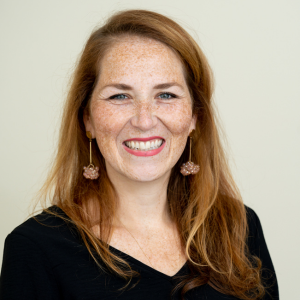
Meagan Buckley, LNHA, president and CEO of Wake Robin
Hosting events open to the community also provides a valuable way to build relationships, and it gives community members an opportunity to engage with residents.
Wake Robin hosts an annual tag sale, a tradition which residents started over 30 years ago. “This event isn’t just for two days a year,” explains Buckley. “The residents have fine-tuned this event, which is diligently worked on all year long.” Organizers collect resident donations, and the items are priced and stored as they’re received. “The idea of passing on treasures to another to enjoy certainly supports our environmental sustainability goals but it also financially offers support for their own non-profit organization that funds their programs, events and experiences.”
The tag sale has become a celebrated tradition that draws community attendees. Last year Wake Robin recorded over 900 attendees. Staff members have the ability to shop the tag sale a day early, and Buckley sometimes refers to this shopping day as an unofficial Wake Robin staff holiday. “It’s still thrilling to see staff line up before the doors open and smile ear to ear when they find the perfect lamp, kitchen gadget or book that they will adore,” she says.
10 Wilmington Place also welcomes communities to its summer concert series. Twice a month, concerts take place on the facility’s outdoor amphitheater. “We have a beautiful outdoor space that was designed with these events in mind and we enjoy inviting the community and those interested in considering 10 Wilmington Place to come join us each year,” says Williams. “We are grateful to have over 30 acres of space and a beautiful, historic building that is the perfect backdrop for events like these. Not only can they be great for generating awareness of who we are, where we are located, and what we do, but we enjoy serving the community by offering our campus up occasionally through these planned events.”
Community members are also welcome during several events at Wellington Bay. The facility hosts numerous events including a senior health expo, a Senior Olympics event, an open house, and a holiday party that includes live music and a visit from Santa.
Advice to Strengthen Your Facility’s Community Connections
Since Buckley lives nearby but not in the same town as the facility, she found it helpful to ask the residents who had lived in the town for years for advice. She suggests that facilities start by exploring relationships with those who engage with the senior care facility the most, such as local EMS and first responders, the town manager, or the town clerk.
Mikosch encourages senior care communities to be proactive in their outreach and to start building relationships with senior-focused community organizations and local media outlets. “Participate in volunteer events, sponsor a kid’s soccer team, host free and open events for the community in your common areas, and demonstrate your commitment to your community,” he suggests.
Finally, consider focusing on an area that brings you joy or that you’re passionate about, says Buckley. “This work is often in addition to the daily work in your roles, and [is often] off hours or on weekends, so ensuring that you genuinely enjoy it will make the time commitment a blip on the screen.”
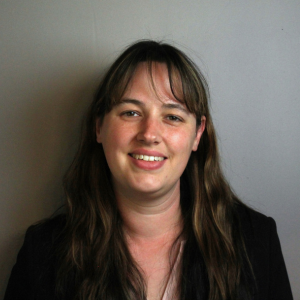
Paige Cerulli is a contributing writer to i Advance Senior Care.
Related Articles
Topics: Activities , Featured Articles , Operations




